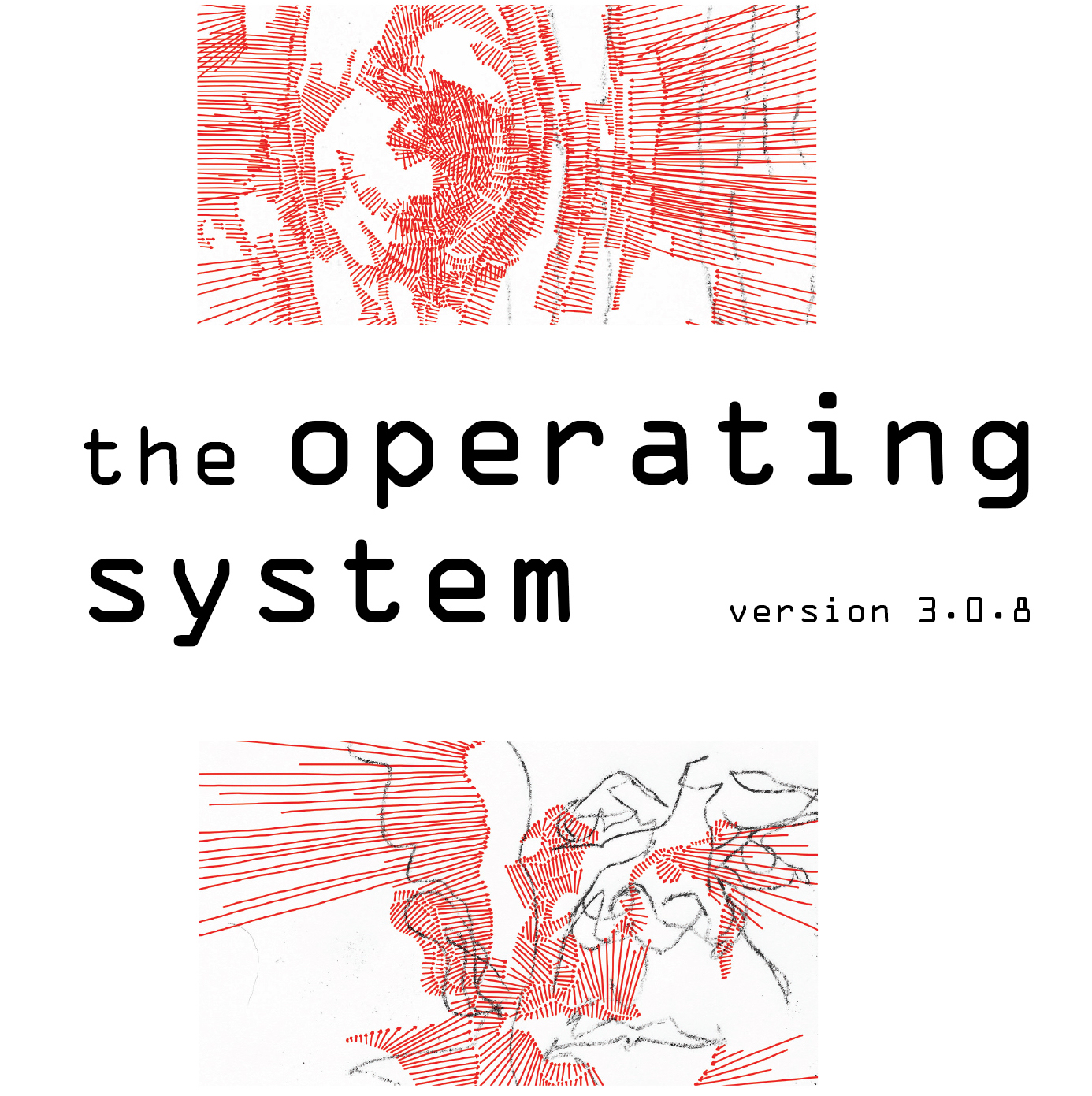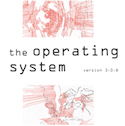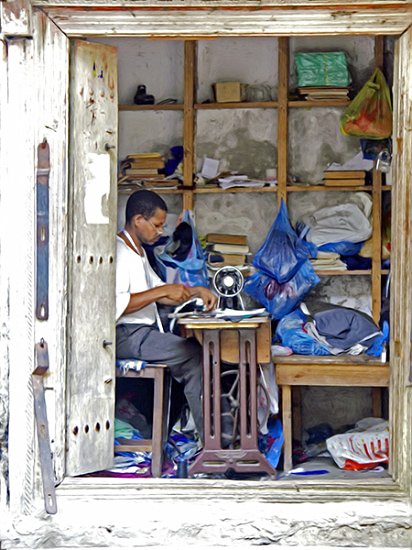Designing for Community: Make Participant Experience Visible
Part IV
Design activities in which we meet kindred spirits, discover each other’s gifts, and learn as much as possible about what works.
I was so aware of the invisibility of the talent and experience in the room at several conferences that I’ve attended of late! Make use of those with stories to tell. The potential for cross-fertilization of ideas and practices is magnified when designs bring forth the richness of experience present in a group. And assume these gems will sparkle even brighter when lit by ideas contributed by luminaries.
Benefits of inviting participants to share their experiences: it sparks ideas, encourages new connections, and identifies possible partners. It also informs new theory to be articulated out of practice.
Design Suggestions
The simplest means I know to optimize sharing is to use Open Space Technology, inviting people to self-organize around what matters to them. When the topic is abstract, like the “future of journalism” or “connecting for community” and the group isn’t a formal organization, I’ve found a few activities can provide some useful context about who’s coming and the gifts they bring before opening the space.
Sending a briefing book with bios before a gathering gives people a sense of who’s coming. With online registration tools, it’s easy to ask registrants for a bio or to answer questions about why they’re coming or gifts that they’re bringing. The briefing book makes great travel reading.
An effective activity I’ll do early in a gathering is a “trade fair”, in which people are invited to host a table to share their work. It’s a fast way to discover something about what’s happening in the field. I usually set the stage in advance, asking during registration if they want to host a table. They can bring materials, paper or electronic, to dress their space. I find this minimal structure supports self-organizing that makes visible the experiences in the room. Participants get to see a range of examples in a fun, informal and intimate format.
Such activities help participants find connections and partners. It can be inspiring to see what others have accomplished and can spark ideas to apply to their own work. This sort of informal sharing encourages a culture of mutual support, in which we can all benefit.
No matter what your design, it is always wise to expect the unexpected. That is the topic of the last post of the series.



